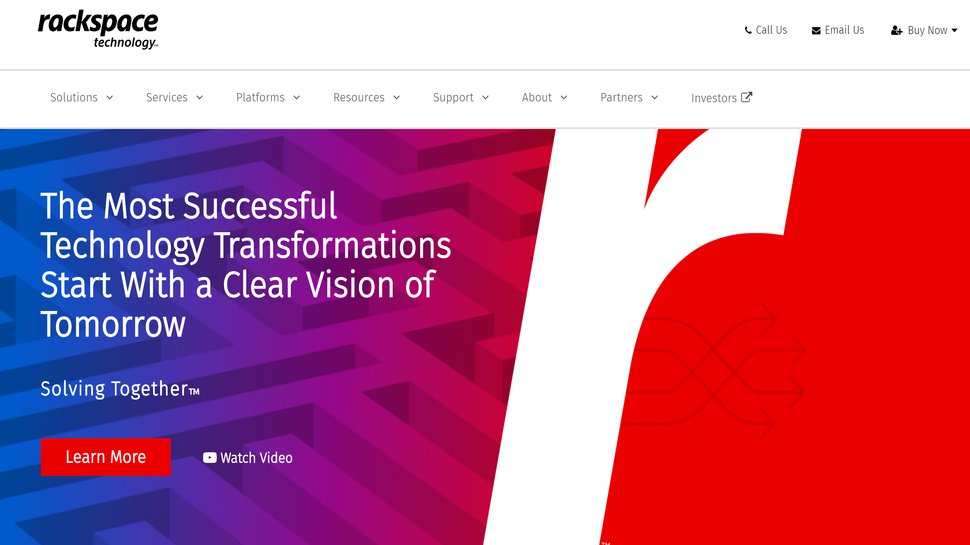Rackspace shares dive after IPO
Cloud computing giant Rackspace saw shares drop 20% onfirst day of trading.

Cloud computing giant Rackspace saw its shares plummet on the first day of public trading.
The company went public on the Nasdaq stock exchange last week in the second-largest tech IPO of the year so far, but the first day of public trading saw shares drop 23%.
The disappointment wasn’t Rackpace’s first. The company went originally public in 2008 and experienced a similar 20% drop during its first day of trading. Competition from cloud behemoths like Amazon and Microsoft spooked investors, and Rackspace was ultimately privatized in a $4.3 billion deal in 2016.
- What is cloud computing?
- These are the best cloud computing services of 2020
- What does the future of cloud computing hold?
Critically, Rackspace’s business has evolved over the past decade. The company has gone from selling its own cloud computing servers to businesses—which pitted it head-to-head with Amazon—to selling software that helps businesses manage operations across multiple cloud platforms. Rackspace is still positioned to benefit from the transition to cloud computing, but it primarily offers ancillary services rather than cloud infrastructure.
The multi-cloud middleman
Rackspace sees its current niche as serving as a middleman between cloud computing providers like Microsoft, Amazon, and Google and corporate IT departments that need to manage multiple, often overlapping cloud-based networks. The company essentially serves as both a consultant and a software provider, offering help with data migration, network optimization, and cloud security.
Rackspace boasts around 120,000 business customers, but the company isn’t alone in the multi-cloud space. IBM and Accenture both offer consulting services and software designed to help enterprises manage their shift to the cloud. Rackspace claims that its smaller size makes it more adaptable to customer needs, although the IPO debacle demonstrated that investors are still skeptical of the company’s growth potential.
- Find the best cloud hosting for 2020
Via Fortune
Sign up to the TechRadar Pro newsletter to get all the top news, opinion, features and guidance your business needs to succeed!
Michael Graw is a freelance journalist and photographer based in Bellingham, Washington. His interests span a wide range from business technology to finance to creative media, with a focus on new technology and emerging trends. Michael's work has been published in TechRadar, Tom's Guide, Business Insider, Fast Company, Salon, and Harvard Business Review.
